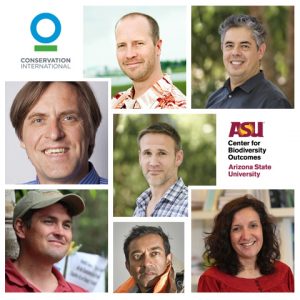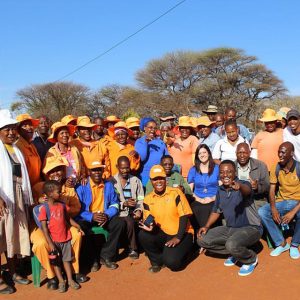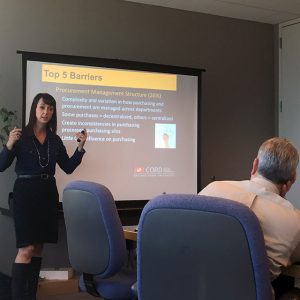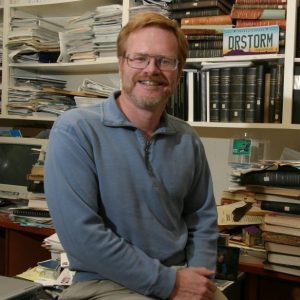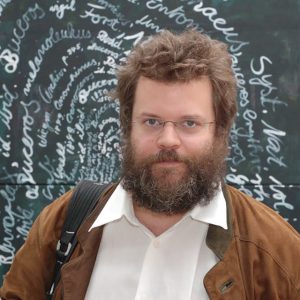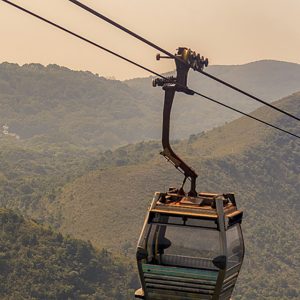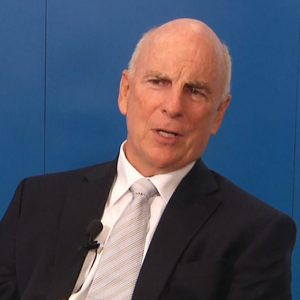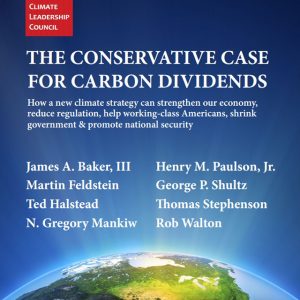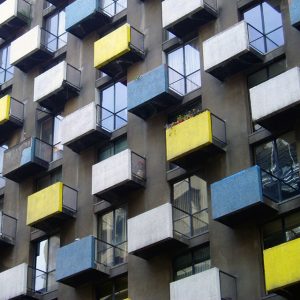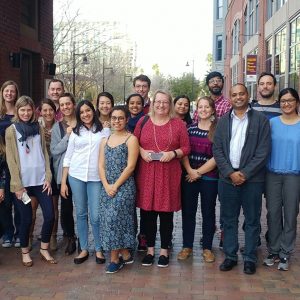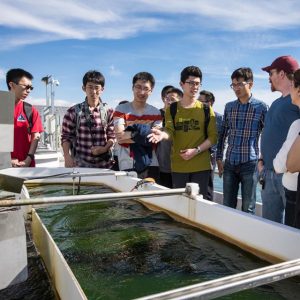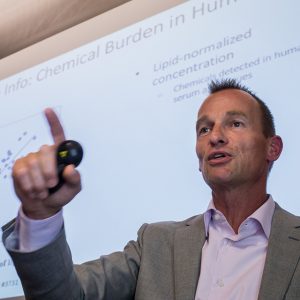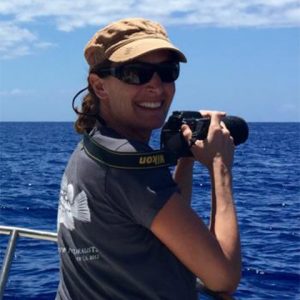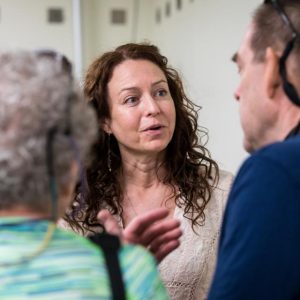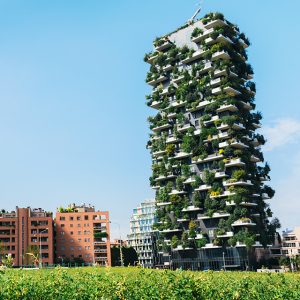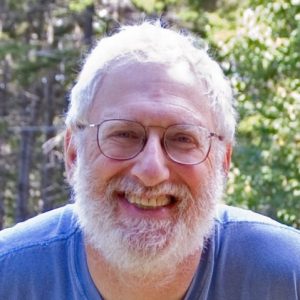ASU and UNAM join forces for microgrid boot camp
View Source | March 10, 2017
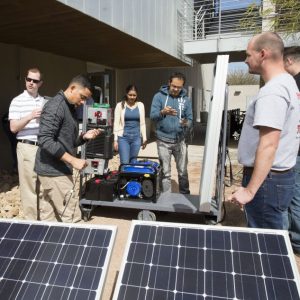 In March 2017, doctoral students from the National Autonomous University of Mexico (UNAM) joined NEPTUNE student veterans on ASU's Polytechnic campus for a week-long, intensive microgrid boot-camp.
In March 2017, doctoral students from the National Autonomous University of Mexico (UNAM) joined NEPTUNE student veterans on ASU's Polytechnic campus for a week-long, intensive microgrid boot-camp.
Over a 40-hour period, boot camp attendees learned about microgrid infrastructure through interactive tours, lectures and lessons, and were provided with a platform to collaborate and share insights.
Mircogrid systems provide back-up energy during loss of power from a main grid, and are vital for places that need reliable and continuous energy – such as hospitals or military bases. They can be powered by various types of energy including solar, which was the focus of the boot camp.
UNAM's partnership with ASU's LightWorks made the collaboration possible, and the pair continue to work together to develop alternative energy solutions.


